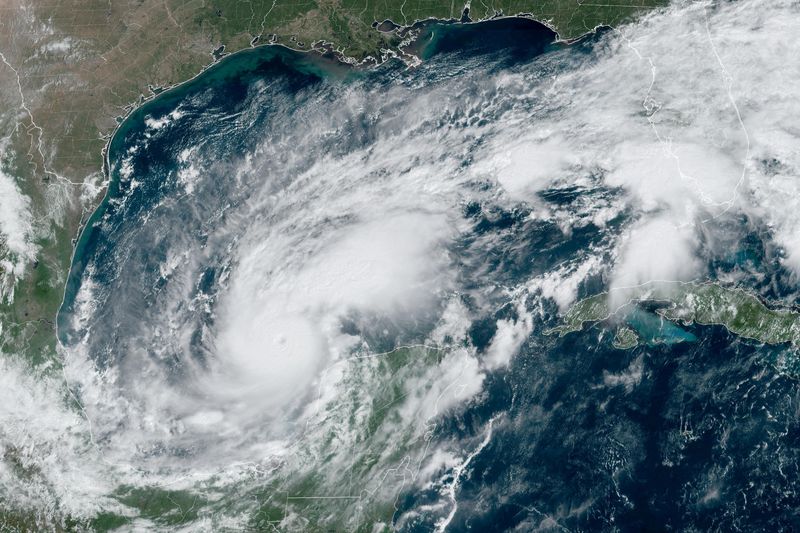Hurricane Milton has been a major concern along the U.S. Gulf Coast, leading to significant operational changes within the oil and gas sector and affecting transport logistics in Florida. On Monday, at least one oil and gas platform was shut down in the Gulf of Mexico, while Florida ports enacted restrictions on vessel navigation in anticipation of the severe weather. The storm is expected to disrupt exports and imports temporarily, although most energy infrastructure, including production facilities, liquefied natural gas (LNG) plants, and refineries, are anticipated to be spared from the worst impacts of the storm. Florida’s economy relies heavily on its ports for exports, making these restrictions a critical aspect to monitor.
Meteorological forecasts have indicated that Hurricane Milton may generate a storm surge between 10 to 15 feet, with wind gusts reaching 120 to 140 miles per hour. Furthermore, communities along the Florida Gulf Coast could face over two feet of rainfall. The storm is projected to approach the west coast of Florida, potentially making landfall near Tampa by Wednesday. In response to this impending crisis, President Joe Biden has authorized an emergency declaration for Florida, ensuring that state resources can be mobilized effectively and quickly to address the storm’s aftermath.
In preparation for widespread disruptions, Duke Energy announced it is mobilizing approximately 10,000 responders to manage anticipated electrical outages that may affect more than a million residents. This gathering of resources is part of a broader effort to ensure that there is a capable response to the damage likely to be caused by the hurricane. The U.S. National Hurricane Center has classified Milton as a powerful Category-5 hurricane, highlighting the storm’s potential destructiveness and the urgency of the preparations being set in motion by both government agencies and private enterprises.
One major oil and gas producer, Chevron, has taken preemptive measures by evacuating its personnel from the Blind Faith platform, located 160 miles southeast of New Orleans. This platform represents the company’s deepest water development, where oil is extracted from four wells. Despite the closure of the Blind Faith facility, Chevron indicated that production from its other Gulf of Mexico assets remains stable, thereby minimizing the overall impact on oil supply from this region. The proactive stance is part of a broader industry-wide response to ensure safety and operational integrity as the hurricane approaches.
The U.S. Coast Guard has imposed navigation restrictions at numerous Florida ports, including Tampa and several others, to ensure that large vessels and tugs can safely depart as preparations are made for the hurricane. Such measures are critical to maintaining safety in the waters surrounding Florida during severe weather events. While most ports in Florida, Mississippi, and Alabama remained open on Monday for the handling of oil and fuel imports and exports, the precautionary measures underscore the potential challenges that could arise in the energy sector stemming from the storm.
On a broader scale, although the LNG facilities along the U.S. Gulf Coast are mainly outside the hurricane’s projected path, it highlights the complex dynamics of energy logistics during weather-related emergencies. The U.S. Energy Department confirms that LNG exports in ISO containers continue from Miami and Fort Lauderdale, despite the challenges posed by Hurricane Milton. The situation remains fluid, as authorities and energy providers monitor the storm’s progression, ready to adapt operations for ongoing safety and economic stability. Overall, Hurricane Milton serves as a stark reminder of the vulnerabilities that weather events pose to critical infrastructure and the economy, especially in regions heavily reliant on maritime transport and energy production.

